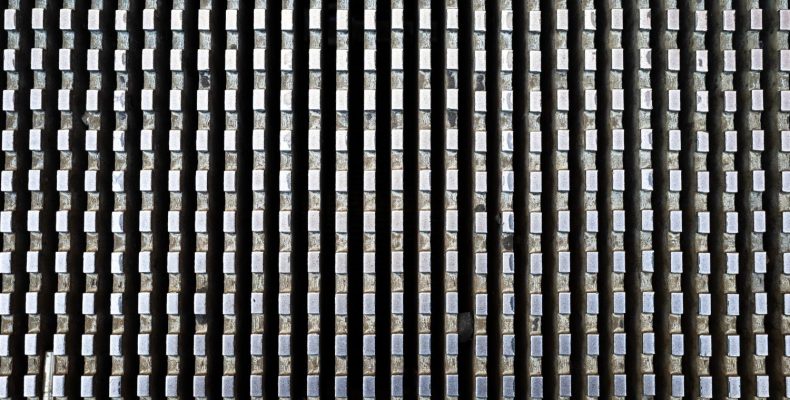Glass Reinforced Plastic (GRP) is transforming the way architects and builders design durable, lightweight structures. Today, GRP profiles offer the perfect blend of strength, corrosion resistance, and low maintenance, making them a popular choice across diverse industries. Whether used for bridges, platforms, or walkways, these advanced composites deliver long-term value that traditional materials often cannot match.
What Are GRP Profiles?
GRP profiles are structural shapes manufactured using glass fibres and thermosetting resin. The production process — known as pultrusion — creates profiles with uniform cross-sections like channels, angles, beams, and tubes. Unlike metals, they won’t rust or corrode, making them ideal for harsh, outdoor, or chemical-rich environments.
Key Benefits of GRP Profiles
There are many reasons to specify GRP profiles in both commercial and industrial projects:
- Corrosion Resistance: Unlike steel or aluminum, GRP will not degrade when exposed to water, salt, or chemicals.
- High Strength-to-Weight Ratio: These profiles offer substantial strength at a fraction of the weight of metal.
- Low Maintenance: Because they do not rust, rot, or require painting, GRP profiles cut down ongoing repair and maintenance expenses.
- Electrical Insulation: GRP is non-conductive, making it safe around live electrical installations.
- Design Flexibility: Profiles can be engineered in custom shapes and sizes, allowing creative solutions for unique design requirements.
Applications Across Industries
The versatility of GRP profiles allows them to support a broad range of structures. Civil engineers use them for handrails, ladders, and walkways on bridges and piers. Chemical processing plants appreciate their resistance to corrosive liquids, while transport and utility companies choose GRP for lightweight, durable support structures. Even public parks incorporate them into outdoor furniture and playground components thanks to their strength and minimal upkeep.
Sustainable and Future-Proof
Sustainability is becoming a key focus in all industries, and GRP fencing contribute to greener, longer-lasting projects. Durable and low-maintenance, they minimize replacements and reduce material consumption over a project’s life cycle. That, combined with their light weight, simplifies shipping and installation — all of which lowers a project’s environmental footprint.
Final Thoughts
When strength, longevity, and low maintenance are critical, GRP profiles offer a proven alternative to traditional materials. Architects and engineers who embrace these advanced composites can deliver structures that last longer and perform better, especially in challenging environments.
